Designer Stefan Sagmeister once said, “You can have an art experience in front of a Rembrandt… or in front of a piece of graphic design.” In other words, meaningful work isn’t exclusive to just fine art. When designing with intent, you can leave an artful impression on someone in the digital age, no matter the medium or creative hurdles. I know this, because as a mobile ad designer, I encounter these hurdles on a day-to-day basis.
Though we live in a mobile-first world, advertising campaign assets are often not adapted for smaller-screen formats, so we have to imaginatively rebuild miscellaneous images and static assets into interactive experiences.
Here’s an example of how we translate static ads into engaging mobile media. Since we don’t want to put any of our brands on blast, I figured I’d use my own brand instead.

Rich Media (RM) units require the most assets when building. When you don’t have all the assets you need to bring a complex unit to life, here are a few principles you can rely on:
STAY ON BRAND
Consult the brand’s site. This will tell you a lot about how they’d want their ads to look and help you remain consistent with their image. You can then use this knowledge to source assets and fill in the missing pieces.
ADD WITH INTENTION
Creativity is in the details: call to action buttons (CTA), gradients, shadows, and other details will make the design feel more polished and unique. Need a checklist to make sure you’re hitting all the right marks? Look no further.
TRUST YOUR GUT
Develop a sensitivity towards what ideas “feel right” and go from there. This is particularly important when the assets you receive don’t support your creative vision; never let these initial roadblocks discourage you. For instance, my department designed a unit where users could take a selfie and “try on” pairs of sunglasses. The client was unable to provide head-on images of their glasses, so we took matters into our own hands, went to one of their stores, and took photos of their products in the displays. We integrated them into a selfie experience within the ad, and the client appreciated our creativity despite initial limitations.
Once the creative has been thought out and properly designed, sit down with an engineer and break the design down. Some helpful tips:
- Have a solid understanding of the unit’s expected behavior so that you can clearly relay that information to the engineer.
- Getting the basics of HTML/Javascript will enable you to precisely communicate your vision and help you know what to look for when reviewing code. (Don't know HTML and want to learn? Codeacademy is an awesome and free resource that I love to use in my spare time.)
- Maintain an open dialogue with your engineering partner. The process shouldn’t be an assembly line where once you deliver your design you’re done. The most effective results come from collaboration and feedback between designer, engineer and client.
THE RESULT:
Informed, transparent communication and design best practices go a long way toward creating thoughtful, interactive ads. We achieve higher standards when designers and engineers work together to bridge art and ad tech. Connecting that bridge doesn’t just affect how brands and publishers monetize an engaging creative, but transforms the way consumers experience ads on small screens. And isn’t an incredible consumer experience ultimately what it’s all about?


